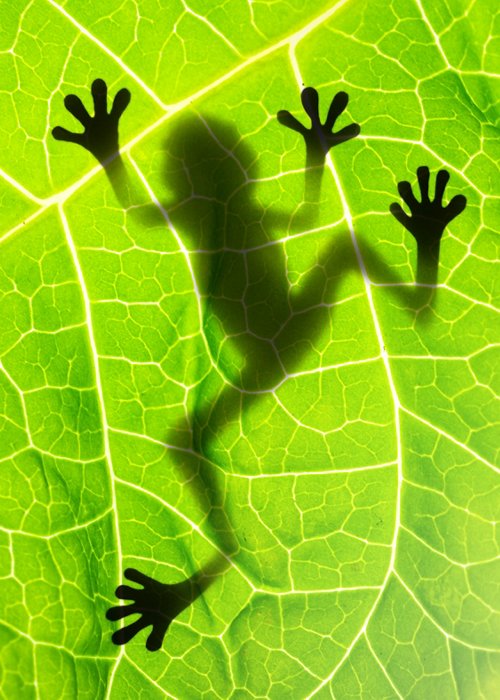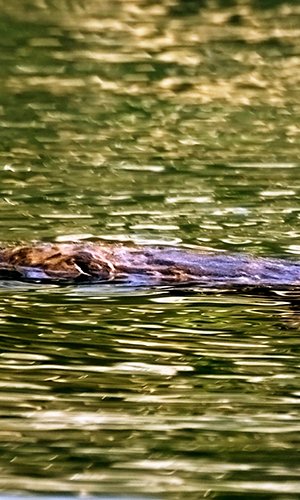The International Union for Conservation of Nature (IUCN) warns: the extinction rate of amphibians is about 200 times greater than that of other animal species. This was reported in a study conducted by the University of Copenhagen, which has placed many species of frogs, toads, newts and salamanders on the sadly renowned red list, the grim index of animal and plant species we are in danger of losing forever. Specifically, 41 percent of the more than 8,000 known amphibian species are currently threatened with extinction; of these, 36 percent live in Italy.
Voice search

Amphibians in peril
Why are amphibians so vulnerable?
The reason lies in their name, which comes from the ancient Greek word Amphibios meaning “having a double life”. Amphibians, in fact, live part of their existence in water and part out of it. We know that the tadpoles of frogs, toads and tailed amphibians, such as newts and salamanders, breathe through their gills and are very similar to small fish. Their existence is entirely aquatic until they become adults through a fascinating and complex process called metamorphosis, during which larvae lose their tails, and develop lungs and legs. They even change their diet: frog tadpoles are herbivores, eating algae and plant debris, while adults are strictly carnivores.
Adult amphibians never completely leave the water; their skin is permeable and must also remain moist at all times because part of their respiration occurs precisely through their thin skin. In addition, water is essential for reproduction. Then there are amphibians that even as adults live in water, such as newts, while others, such as toads, have thick enough skin to allow them to move away from lakes and streams even for prolonged times.
Living between two worlds, aquatic and dry, puts them in contact with both water-borne and soil pollutants, such as fertilizers and pesticides, which easily penetrate amphibians’ bodies through their thin skin. In addition, their dependence on water makes them particularly susceptible to climate change, especially drought. Because they feed on insects, massive use of insecticides in agriculture deprives amphibians of their main food, and many species starve. Then there is a huge problem related to a disease that has recently exterminated many frog species: it is called chytriomycosis and is caused by a fungus that causes lethal lesions to amphibians’ very delicate skin.
Finally, there is a very recent threat, namely alien species, animals originating from distant places often accidentally introduced into new environments that compete with or prey on resident species. This is the case of the xenopus, an African toad in that in Europe feeds on the tadpoles of local frogs, or marsh birds that prey on adult amphibians.
By Andrea Bellati
To find out more: IUCN Red Lists
Read also...




